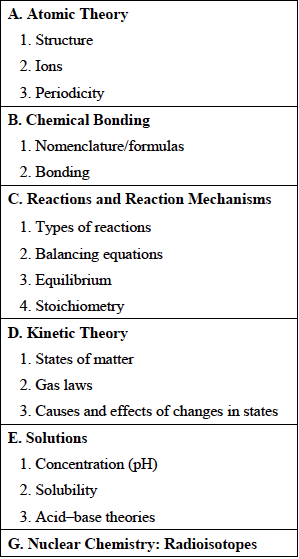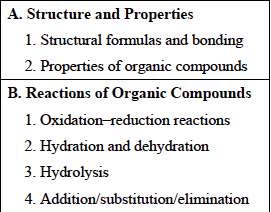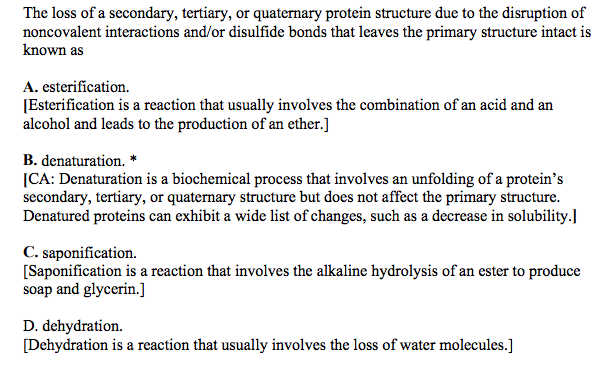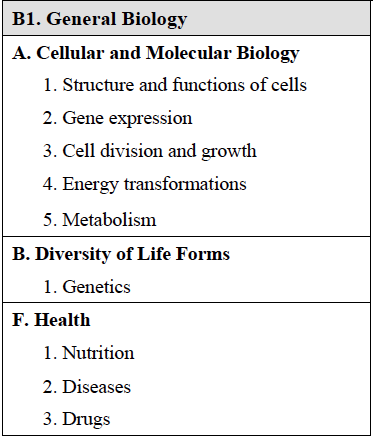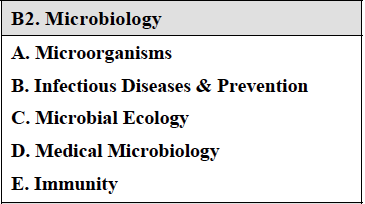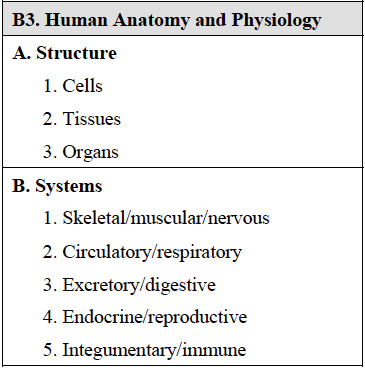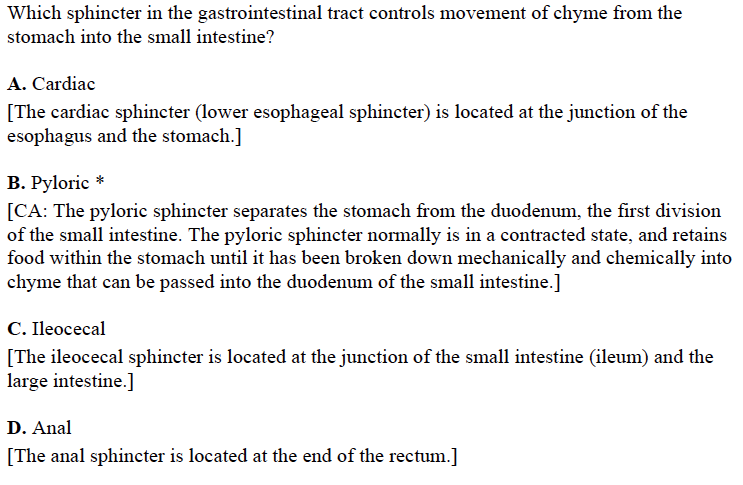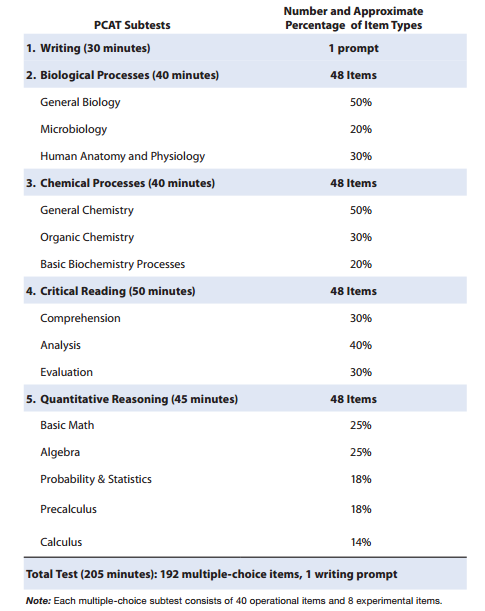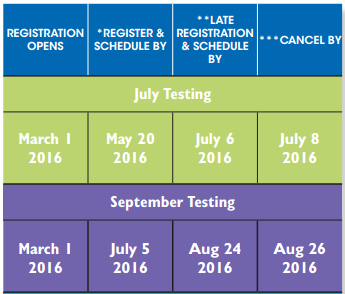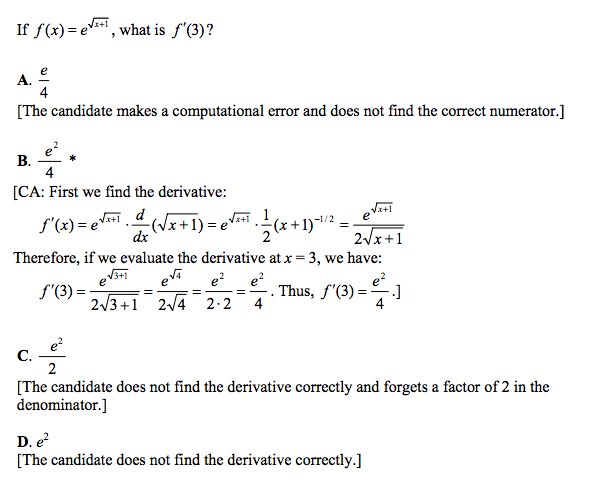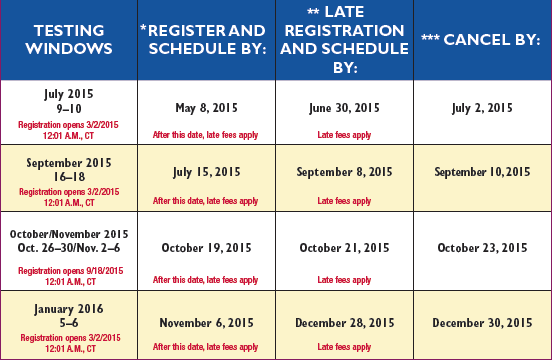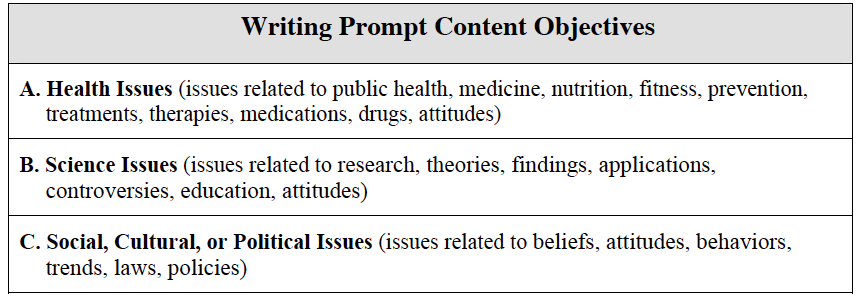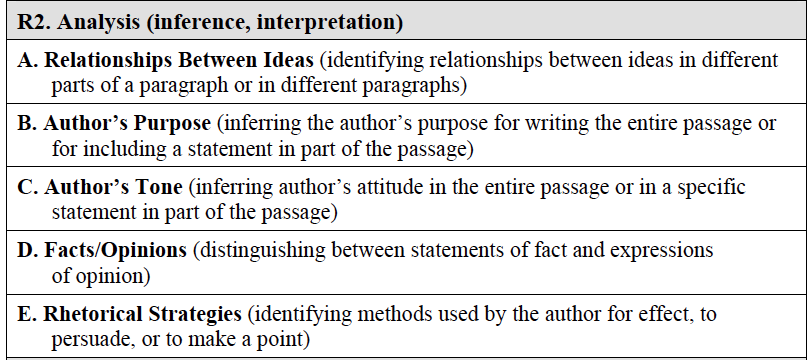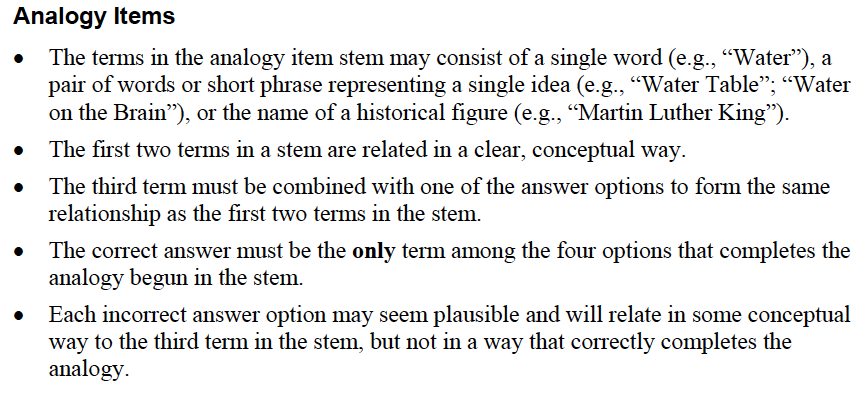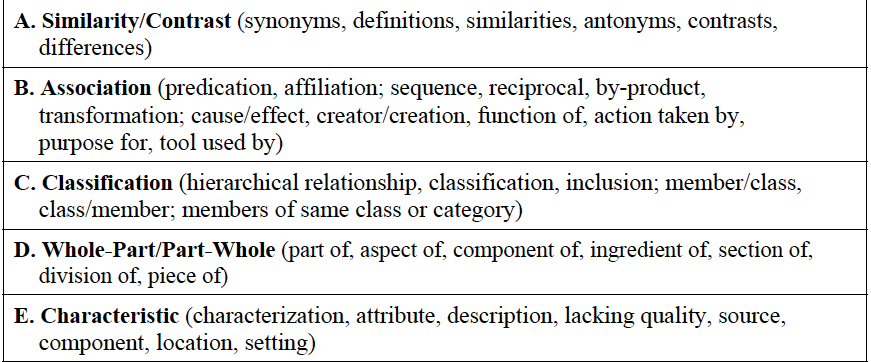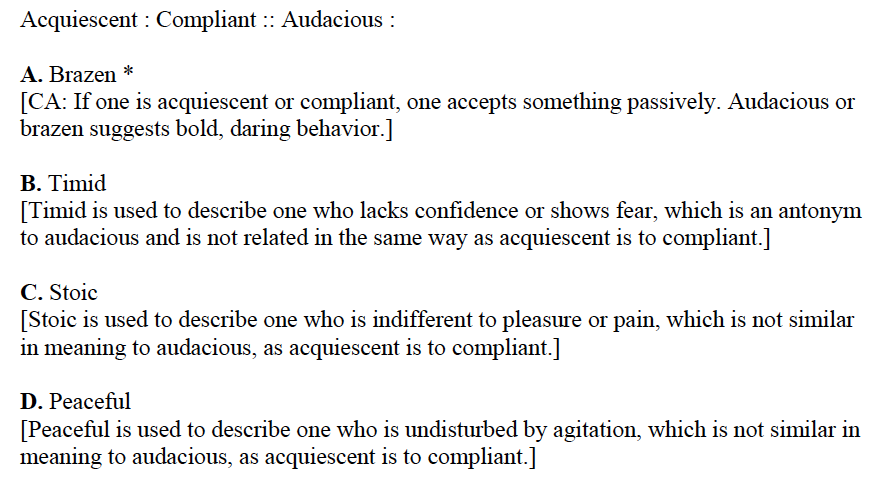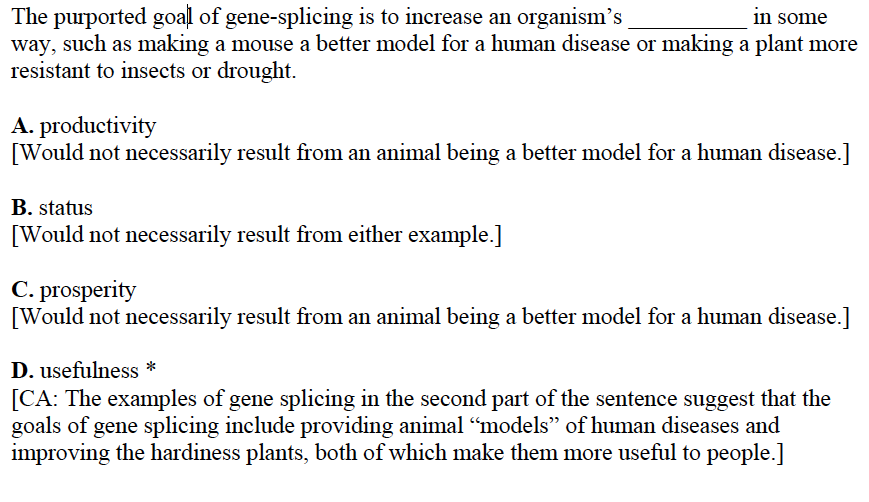***Note: that since the start of this breakdown series the dates and registration fees are now outdated so in addition to this post check out PCAT Updates: Dates and Fees!***
This is Part 1 of a series of breakdown posts that will outline the Pharmacy College Admission Test. First off we’ll focus on the specifics of the PCAT itself and then in upcoming posts we will discuss each of the sections in detail individually. The PCAT is designed by the American Association of Colleges of Pharmacy (AACP) to assess your readiness for pharmacy school and is the preferred admission exam for U.S. (& Canada) pharmacy programs in the application process as a factor in their decision. The PCAT is a monstrous marathon of an exam with a wide scope of testing topics and clocking in at around 4 hours. It’s been around since 1974 and isn’t going anywhere anytime soon.
Basically: Unavoidable & not to be underestimated. So let’s take a closer look shall we?
Registering for the PCAT
Unlike other standardized tests such as the GRE, DAT, etc. that you can take year-round, the PCAT is only offered during very specific testing windows in July, September, October, November, and January. Keep in mind when registering you need to know the schools you want your scores to be sent to, so figure it out beforehand. Step one: go to the PCAT website and create an account here; that’s your PCAT CID. With that log in you’re in the system and can do stuff like send official score transcripts, etc. Only after you a receive registration confirmation email saying that your payment was received can you then schedule to take the test…
Scheduling a test date
Got that registration confirmation email? Now schedule ASAP! The PCAT is a computer-based test conducted at Pearson VUE Test Centers and dates and test centers can fill up fast. If this is your first time taking the PCAT you’ll need to create a log in with Pearson VUE and keep your PCAT CID (your PCAT registration log in) handy, you’ll need it. If you have a log in with Pearson VUE already, sign in and schedule away!
Be sure that the testing window you choose will get your scores to the schools you are applying to before the school’s application deadline.
If you need to register to take the PCAT in the October or November testing dates, registration opened up on September 4th! Here are the important deadlines for those windows:
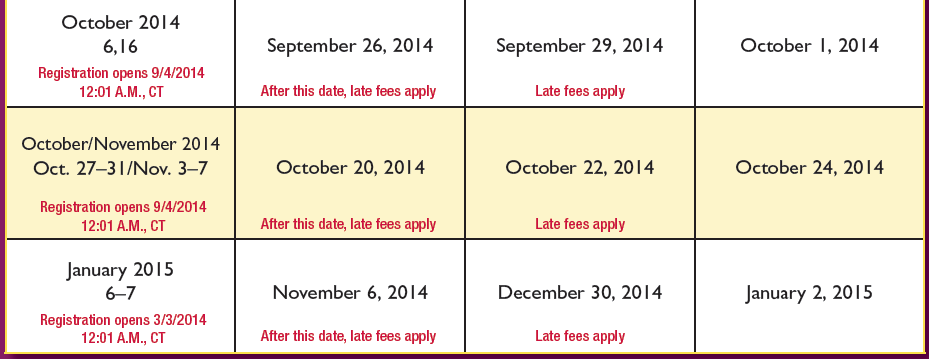
$ Cost of Taking the PCAT $
When you register to take the PCAT the fee is $199 and this includes sending official scores to up to three schools. If you want to send scores to any more schools it’s $20 each. If you haven’t realized it yet, deadlines are a big deal and the late registration fee is an additional $49.
What is on the PCAT?
Below is the official Blueprint guide to the PCAT and we’ll examine each section individually in upcoming blog posts! Notice there’s only 1 scheduled rest break. If you really need an additional break the timer on your test will not stop so don’t! With proper practice practice practice and a goodnight’s sleep you can handle no extra breaks no problem!
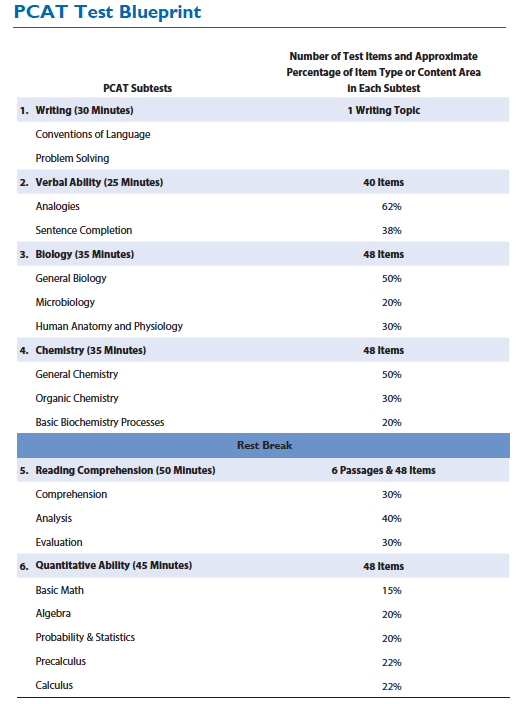
Can I use scratch paper?
While you cannot bring your own paper, pencils etc., the test center will provide you with an erasable noteboard and marker to use. You can only use these items provided so maybe even practice with them while studying!
PCAT Scores
You will get an unofficial score as soon as you finish the test and official scores are available within 5 weeks of your testing window (then sent to the schools you selected). PCAT scores on made on a scale so there’s no passing or failing. Official score reports contain a scaled score plus your percentile ranking for the 5 multiple-choice sections and then your writing score shows the score you earned plus also the average score of everyone else from your testing window. You can check out a sample score report here. Do your research on the specific programs you’re interested in because some schools require a specific score so be sure to check with them and aim high!
This breakdown to the PCAT is really an outlined introduction the official PCAT Candidate Information Booklet that you should most definitely check out in full here. Since there’s only a few testing windows, testing centers, and this is all first-come, first-serve, get on it! Remember the best way to prepare for this long and dense exam is with practice. With PCAT Cracker you will get practice with the look and feel of the real thing plus you’ll get plenty of exercise with the timing of the sections.
Onward, practice, and conquer!
